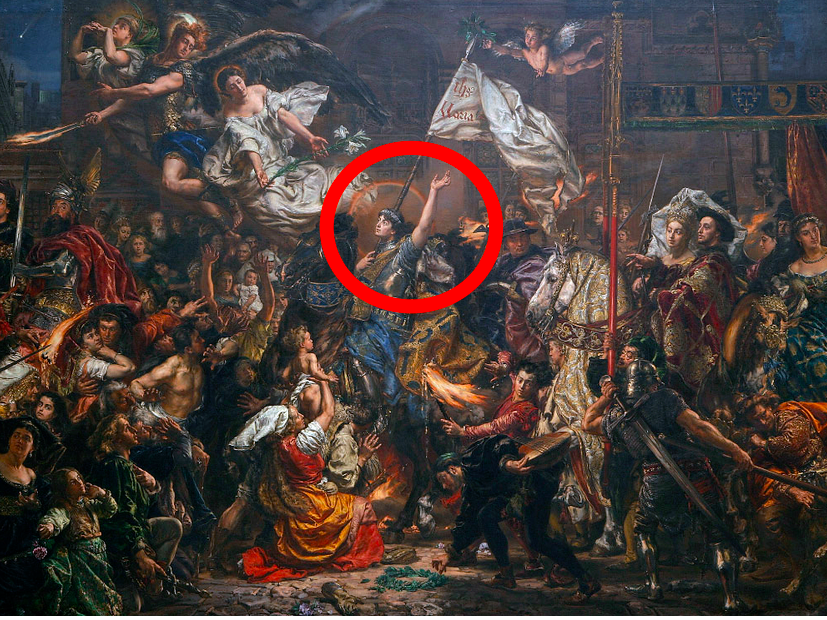Picture a wunderkind.
The names of tech giants like Mark Zuckerberg, Evan Spiegel, Steve Jobs, and Bill Gates tend to come to mind when we’re thinking about people who achieved extraordinary success at a young age.
However, the idea of the young prodigy is by no means a modern phenomenon.
From Alexander the Great to Alexander Hamilton, here are 18 individuals throughout history who accomplished incredible things early in life:
Alexander the Great conquered countries at 18
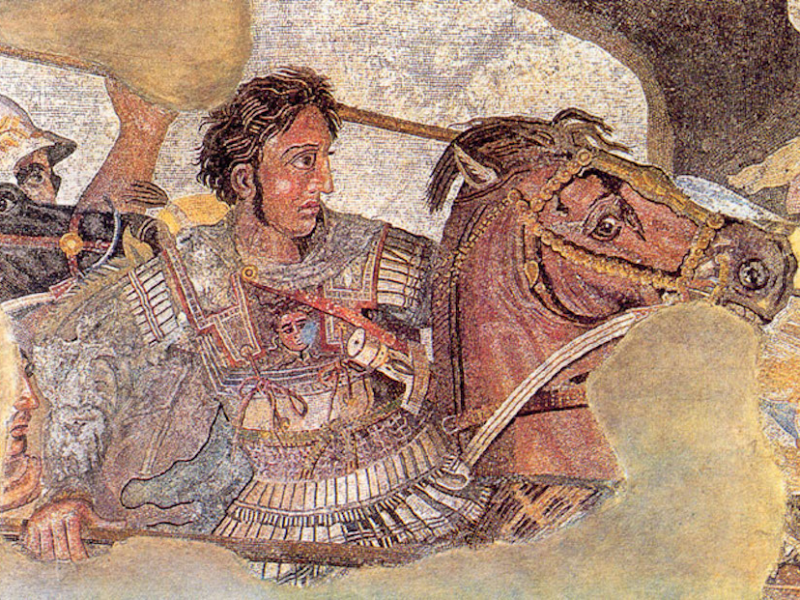
Hellenistic conqueror Alexander the Great accomplished extraordinary things during his short time on earth.
After the assassination of his father, Philip II of Macedon, Alexander ascended to the throne. Two years later, at the age of 18, he began expanding his domain. He spent most of his reign conquering lands from Greece to India. The result was one of the largest ancient empires and the spread of Hellenistic culture throughout the Mediterranean world.
Alexander never lost a battle. In the end, he simply burned out, succumbing to a fever at the age of 32.
Augustus Caesar (Octavian) became a Roman Senator at 20
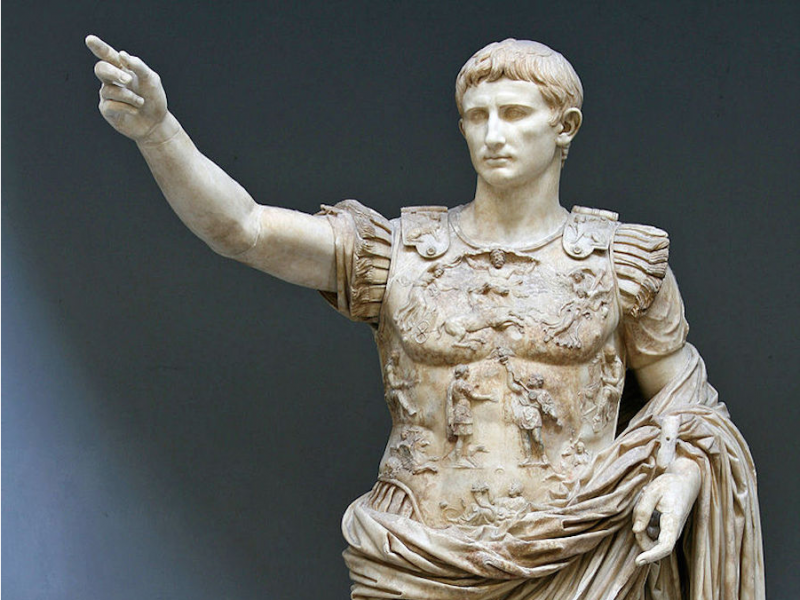
Today, Augustus is remembered as the first emperor of Rome.
However, his career began long before securing this unprecedented role in 27 B.C.E.
In 44 BCE, Augustus was still known as Octavian. He was Julius Caesar's 19-year-old grand nephew, adopted son, and heir.
On the Ides of March, Caesar was assassinated while the teenage Octavian was undergoing military training. Instead of fleeing in the aftermath of the murder, Caesar's heir returned to Rome and threw himself into the simmering political intrigue.
For years, he navigated multiple shifting alliances, mass killings, and all-out war. Octavian finally prevailed in 31 B.C.E. when his forces defeated Mark Antony and Cleopatra at the Battle of Actium, according to Roman-Empire.net.
Joan of Arc turned a war around at 17
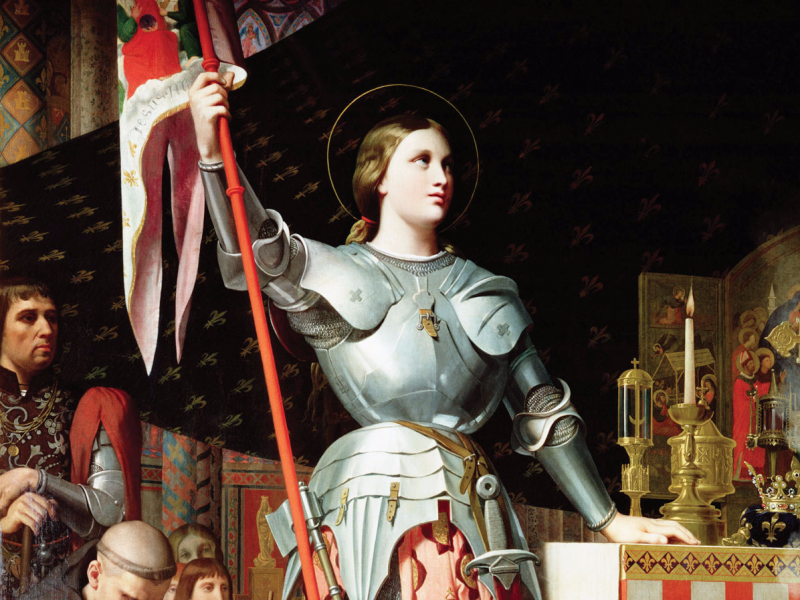
The bloody Hundred Years' War devastated medieval France.
However, in 1429, a teenage peasant girl helped turn things around for the country.
Backed by a small coterie of supporters, Joan of Arc managed to convince her country's leadership to give her a commanding role in the army. She was 17 years old when she chopped off her hair, donned men's clothes, and rode off to battle, according to History.com.
Nine days after she arrived at the besieged city of Orléans, Joan beat back the English forces and became a national hero.
Unfortunately, she was eventually captured, given a sham trial, and burned at the stake by the English. She was only 19 when she was executed. The charges were debunked and she was declared a martyr several decades too late. Centuries later, Joan of Arc was canonized as a saint in 1920.
Blaise Pascal developed a calculator at 19
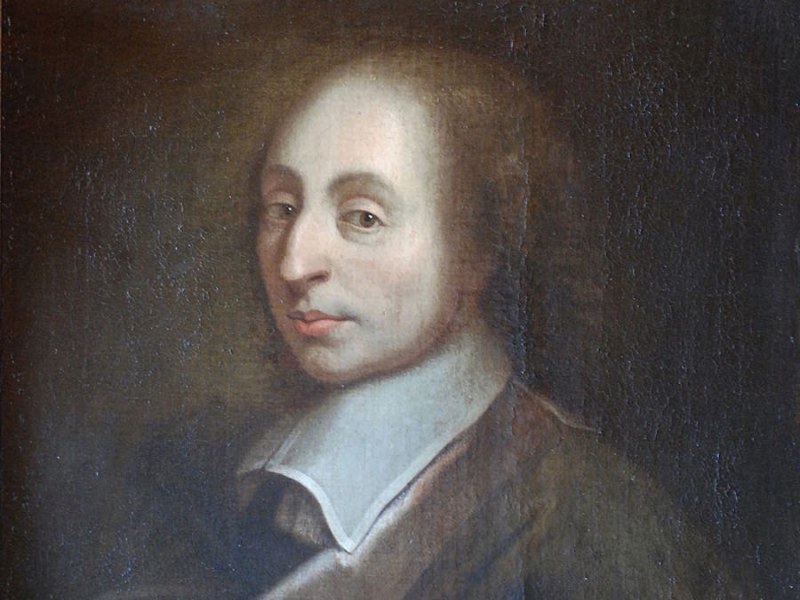
17th century French mathematician Blaise Pascal was ahead of his time on a number of fronts.
When he was 12, he began studying geometry. Seven years later, he began developing a handheld calculator.
Keep in mind, this was 1642 - the era before mass production. Pascal was a bit too far ahead of his time and the "Pascaline" calculator never made any money, as Biography.com reported.
Nonetheless, Pascal still went on to enjoy success as an influential mathematician, philosopher and physicist.
Wolfgang Amadeus Mozart wrote his first symphony at 8
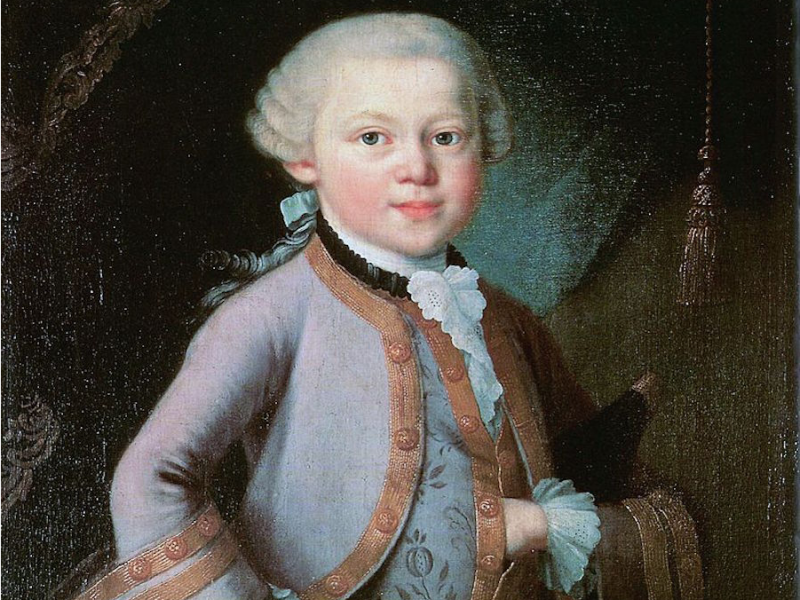
Mozart was something of a 18th-century child star. He acquired enormous fame and success at an early age, only to burn out later in life.
The influential composer grew up listening to his father teach his older sister Nannerl piano. In "The Compleat Mozart" by Neal Zaslaw and William Cowdery, Nannerl recalled her brother's early talents: "At the age of five, he was already composing little pieces, which he played to his father who wrote them down."
With the help of his father, Mozart wrote his first symphony when he was eight. As children, Nannerl and Mozart toured around Europe, performing in various royal courts as child prodigies, according to Biography.com.
Mozart's ensuing career resulted in over 600 works but little financial stability. He passed away at the age of 35, having changed the world of music forever.
Phillis Wheatley published her first book of poems at age 20
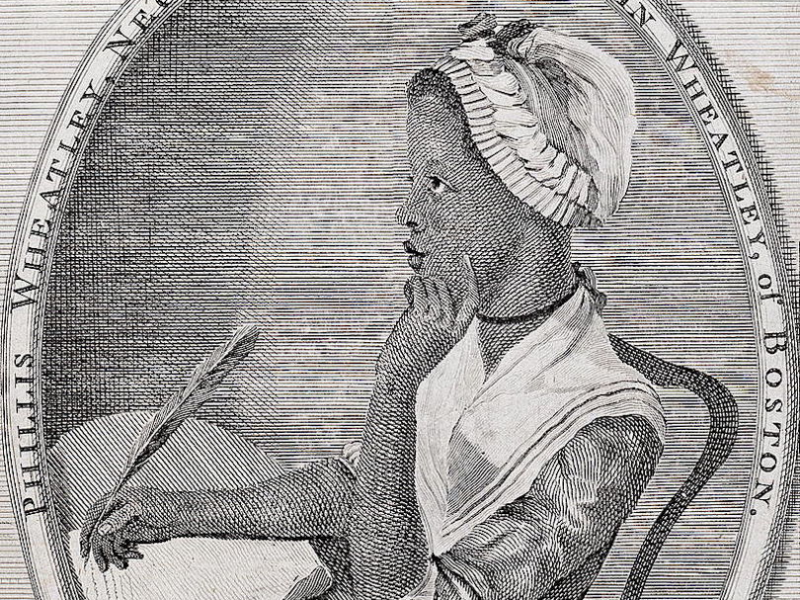
At the age of 20, Phillis Wheatley became the first ever African-American woman to be recognized as a published poet.
Wheatley had been sold into slavery as a child and purchased in Boston by tailor John Wheatley. His family taught Wheatley to read and encouraged her to write poetry.
When her "Poems on Various Subjects, Religious and Moral" debuted in 1773, it sparked conversation from the North American colonies to London. Wheatley became "a household name among literate colonists," according to the Poetry Foundation.
The next year, Wheatley was emancipated when John Wheatley died. Phillis Wheatley continued to write and publish poetry for the rest of her life. Unfortunately, she fell upon hard times later in life and died penniless at the age of 31.
Alexander Hamilton became Washington's aide-de-camp at 22

At the start of his career, Hamilton really was just like his country - young, scrappy, and hungry.
Thanks to the success of Lin Manuel Miranda's hit Broadway musical, the American public is slowly becoming more acquainted with the story of Hamilton's astronomical rise to success. Orphaned on the Caribbean island of Nevis at the age of 13, he supported himself and his brother by clerking for a local merchant. Eventually, prominent individuals on the island raised funds to send the bookish boy to King's College (now Columbia University) in the North American colonies.
When war broke out, he joined up with the rebelling colonists and ended up serving as General George Washington's chief staff aide. Hamilton was only 21 when the Declaration of Independence was signed in 1776. He proved himself to be a valuable addition to Washington's staff, although he eventually resigned in order to pursue glory on the battlefield (he eventually led a charge to seize a redoubt at the Battle of Yorktown).
The connections he formed early on in the military, in addition to his budding legal career, served him well. At the age of 32, Hamilton ended up on the New York delegation of the Constitutional Convention. With some assistance from James Madison and John Jay, he wrote the Federalist Papers, which helped secure the ratification of the new, stronger Constitution.
Gilbert du Motier, Marquis de Lafayette turned the tide of the Revolutionary War at 19

As it turns out, many of America's Founding Fathers were quite young when the Revolutionary War broke out.
The Marquis de Lafayette was only 19 years old when he sailed from France to help the British North American colonies win their freedom. Defying orders from his own government, the Marquis (whose real name was Gilbert du Motier) swung by Continental Congress in 1777 and volunteered to serve the colonial cause for free.
Upon joining the Continental Army, Lafayette befriended General George Washington. However, the young aristocrat's most important contribution didn't occur on the field of battle. He helped convince the French monarch King Louis XVI to intercede on behalf of the American rebels.
These efforts paid off in 1780, according to USHistory.org, when the French sent forces to aid Washington. This proved especially crucial at the Battle of Yorktown, where Lafayette and other French allies helped defeat English commander Lord Charles Cornwallis.
It wasn't immediately apparent at the time, but the battle would secure the colonies' independence.
So, as it turns out, the US may never have been founded had a teenager with romantic ideals not decided to run off and join a rebellion.
James Madison joined the Continental Congress at 29

Long before he drafted the Constitution or became president, James Madison had a reputation for taking on a lot at once.
A Virginia native, "Jemmy" traveled up north to attend the College of New Jersey (now called Princeton University). He apparently overdid his studies and nearly had a nervous breakdown, but he still managed to graduate in 1771.
He was 25 years old when the colonies declared independence in 1776. However, Madison had fragile health, stood 5'4, and weighed around 100 pounds. Instead of seeking out a combat role like many other young Founding Fathers, he went into politics.
In 1780, he represented Virginia in the Continental Congress at the age of 29. Originally, he was the youngest member of the Congress. As Revolutionary-War.net noted, he quickly acquired a reputation as a legislative work horse.
William Pitt the Younger became prime minister of England at 24
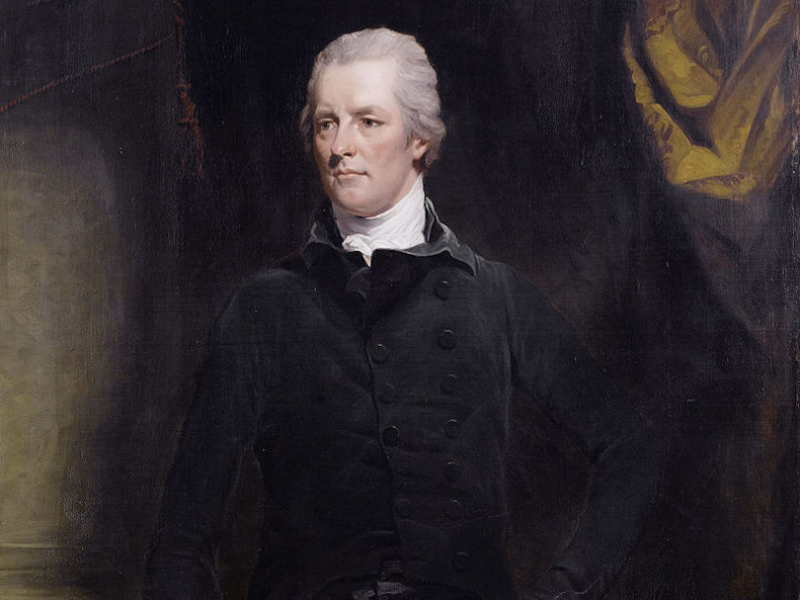
To this day, William Pitt the Younger is still the youngest person to ever become Prime Minister of England. The politician rose to power in 1783 at the age of 24.
He ascended to the position under a cloud of controversy, according to the BBC. King George III had threatened to abdicate rather than allow George Fox back into the role. Pitt lost an election in Parliament, but refused to resign and ended up winning a general election the following year.
As Encyclopedia Britannica outlines, Pitt's tenure was marked by all sorts of global upheaval, including the French Revolution and various wars with Napoleon Bonaparte. The young, standoffish minister's popularity was low amongst his contemporaries, but he was also known as an adept debater and administrator.
Mary Shelley published 'Frankenstein' at 20
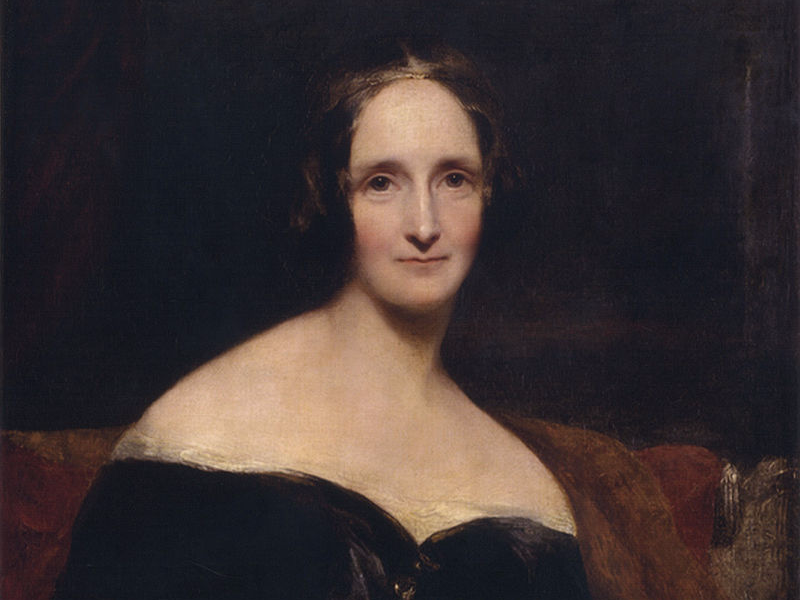
Born in 1797, Mary Shelley was the daughter of philosophers Mary Wollstonecraft and William Godwin.
As a teenager, she eloped with her father's student, Romantic poet Percy Bysshe Shelley. However, according to the Poetry Foundation, tragedy and hardship struck when their first daughter passed away in 1815 - just a few hours after birth.
The next summer in Switzerland, the 18-year-old passed the time with a group of friends, including leading Romantic poet Lord Byron. The young people passed around ghost tales, according to Biography.com and Byron proposed that they all write one themselves.
This casual challenge amongst friends inspired Shelley to write the classic novel "Frankenstein." The book was published two years later, when she was 20 years old.
Clara Schumann became one of the most famous pianists of the Romantic era at the age of 18
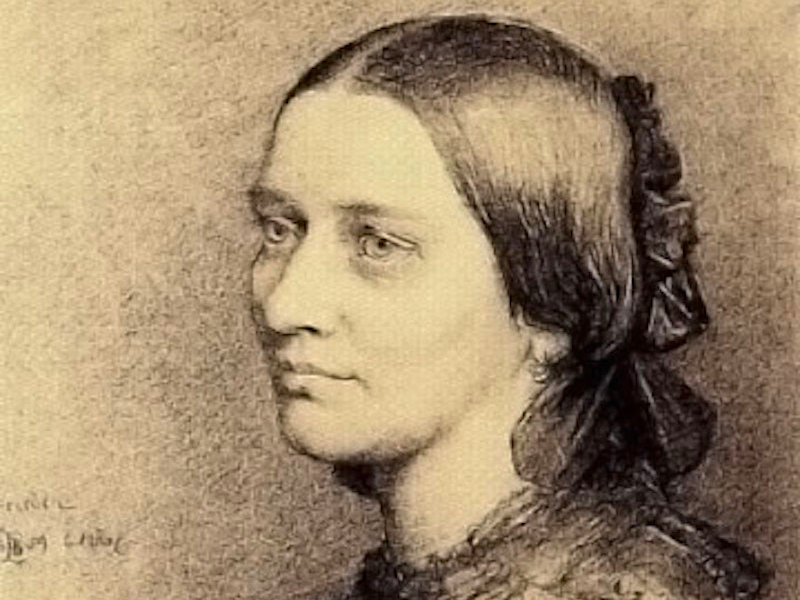
Clara Schumann was well on her way toward becoming one of the foremost pianists of the Romantic era at an early age. She began studying piano from the age of five; by the age of 16, she was famous throughout Europe, according to Encyclopedia Britannica.
Her public career and popularity flourished when she was 18. That year, she performed a series of sold-out, packed recitals in Vienna, to rave reviews.
Galusha Pennypacker was appointed brigadier general at 20

This Pennsylvania native was the youngest person to hold the rank of brigadier general in US history.
He joined the Union Army around the age of 16, according to his New York Times obituary. There is some historical debate over Pennypacker's exact age (in an era before widespread government IDs, it wasn't uncommon for people to simply forget their date of birth). Regardless, Pennypacker's subsequent rise through the ranks over the course of the war was quite dramatic and rapid.
In 1865, during the Second Battle of Fort Fisher, the young then-colonel was shot in the hip while leading a dangerous charge, as Mainline Today reported.
In recognition of his bravery, he received the Medal of Honor and was promoted to the position of brigadier at the age of 20. Pennypacker instantly became a bit of a celebrity, thanks to his youth. He had been too young to even vote for Abraham Lincoln, the very president who appointed him.
Ida B. Wells fought segregation at 27
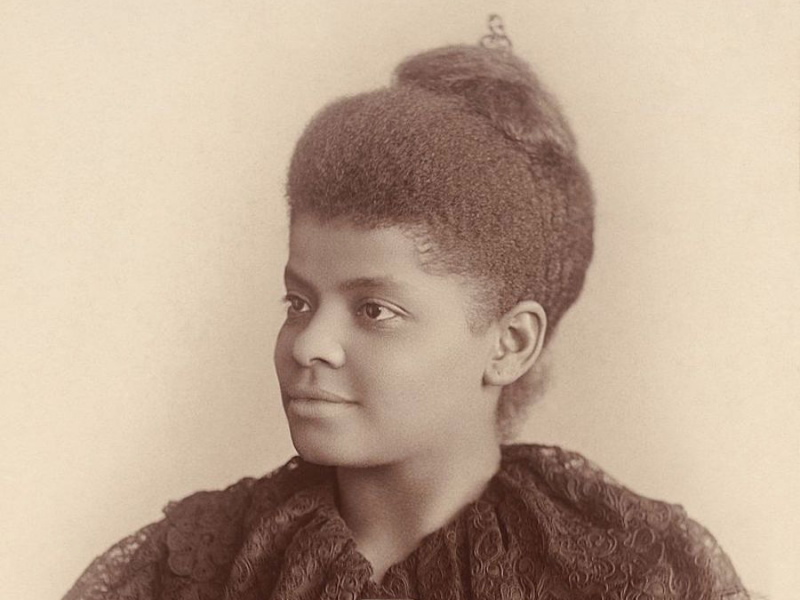
Ida B. Wells was born in 1862, several months before the Emancipation Proclamation was issued.
At 16, Mississippi native began working as a school teacher to help support her younger siblings after their parents died. Following in the footsteps of her activist parents, Wells began to take an interest in ending segregation.
She eventually moved to Memphis and began writing in local newspapers. In 1889, at the age of 27, she became the co-owner and editor of "Free Speech and Headlight," a publication that focused on issues pertaining to racism and segregation.
That same year, her friend Thomas Moss's successful grocery store was raided by a white mob. Three men were shot in the ensuing chaos and Moss was arrested. Before the case could go to trial, a mob invaded the local jail and lynched Moss, along with two other men, according to PBS.
This inspired Wells to become an investigative journalist. She shone a spotlight on how lynching served as a tool to oppress African Americans. Her work endangered her life - she had to carry a pistol for safety.
Her first pamphlet "Southern Horrors: Lynch Law in All Its Phases" was published in 1892, when she was 30.
Nellie Bly exposed a dysfunctional mental asylum at 23

This famous American investigative journalist kicked off her career at the age of 16.
According to nellieblyonline.org, the teen-aged Elizabeth Jane Cochrane wrote a retort to a sexist article in the Pittsburgh Dispatch in 1880. The editor of the paper wrote back, offering her a job. She accepted and began publishing under the pseudonym Nellie Bly (the name of a popular song at the time).
At the age of 21, she took on a foreign correspondent in assignment, but was forced to flee the country after criticizing the Mexican government for imprisoning a local journalist. Tired of being pressured to take on theater and arts reviews, she quit, traveled to New York City, and talked her way into a job at Joseph Pulitzer's New York World.
For her first big assignment, she pretended to suffer from amnesia and delusions and was committed to the Women's Lunatic Asylum on Blackwell's Island, according to PBS.
She experienced firsthand the rancid provisions, abusive staff, and rats. Upon her release, Bly published a report that turned into a book called "Ten Days in a Mad-House," prompting questions about the treatment of the mentally ill.
In 1889, the young journalist earned even more fame after embarking upon a solo trip around the world. Bly sought to top the protagonist of Jules Vernes's "Around the World in 80 Days." She ended up beating out Phileas Fogg and competitors from other papers alike when she arrived back in New York City in 72 days.
Lawrence Bragg won the Nobel Prize at 25
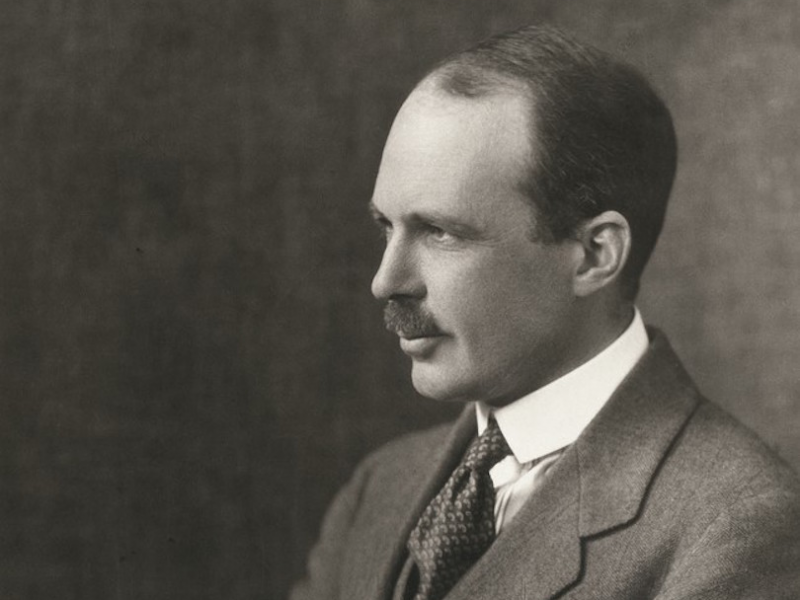
In 1915, Australian-born physicist Lawrence Bragg won the Nobel Prize for his work researching and examining crystal structures with X-rays.
He was only 25 years old. At the time, he was the youngest ever Nobel laureate, according to NobelPrize.org. He was only surpassed in 2014, when activist Malala Yousafzai won the Nobel Peace Prize at the age of 17.
Bob Woodward and Carl Bernstein exposed the Watergate scandal at 29 and 28
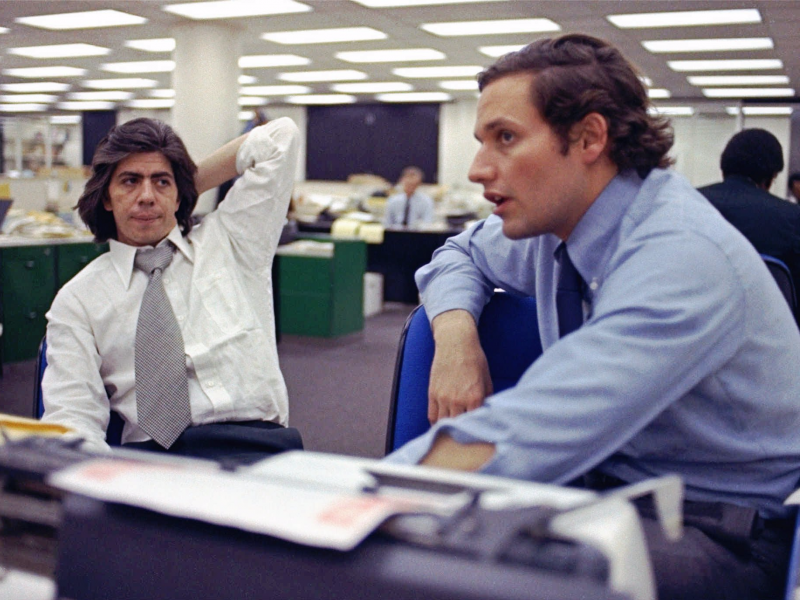
In 1972, a story about a burglary at the Democratic Party national Headquarters snowballed into a scandal that would engulf the federal government and bring down US President Richard Nixon.
At the center of it all were two young Washington Post reporters diligently reporting on the Watergate scandal. Bob Woodward was 29 and Carl Bernstein was 28 when they were first assigned the story together.
In an interview with NPR, Woodward and Bernstein recalled uncovering the connection between the Watergate break-in and other underhanded tactics and Nixon's re-election campaign.
Their story resulted in a book, a Hollywood film starring Robert Redford and Dustin Hoffman, and a Pulitzer.
Nadia Comeneci achieved Olympic victory at 14
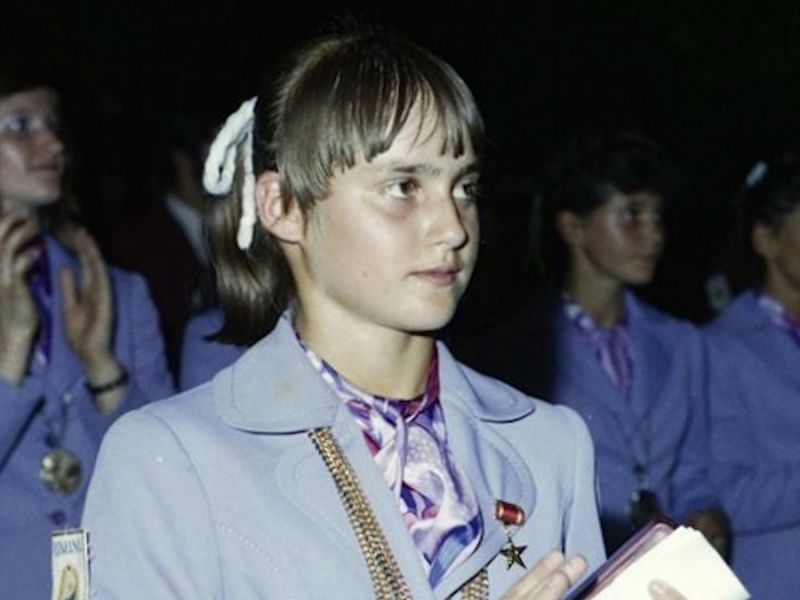
This 14-year-old Romanian gymnast vaulted, swung, and flipped to victory at the 1976 Summer Olympics in Montreal. Comeneci was the first ever gymnast to score a perfect 10.0 at an Olympic gymnastics event. That year, she also accumulated three gold medals and six more perfect scores, according to Biography.com.
However, Comeneci wasn't finished, yet. Four years later, she went on to win two more gold medals at the Moscow Summer Olympics.

